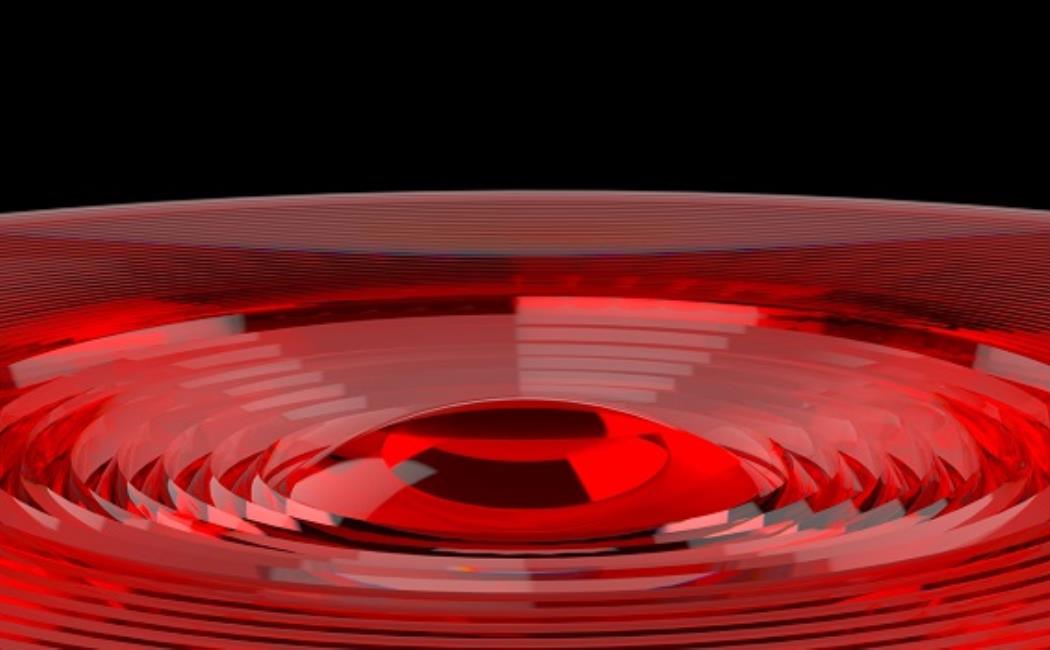
Microscope lens inspired by lighthouse
04 October, 2020
An optical device that resembles a miniaturized lighthouse lens can make it easier to peer into Petri dishes and observe molecular-level details of biological processes, including cancer cell growth. Developed by KAUST, the new lens is also very cost effective.
Many bioimaging techniques require fluorescent dyes to be added to specific cell targets. But a recently developed method known as stimulated raman scattering (SRS) microscopy can avoid cumbersome labeling steps by using laser pulses to collect molecular vibrational signals from biological samples. The ability of SRS microscopes to produce high-resolution, noninvasive images at real-time speeds has prompted researchers to deploy them also for in vivo disease diagnostic studies.
Click here to read the full story
Image: The thin and cost-effective lens is 3D printed and has the capacity to put live cells under the microscope, which would significantly improve diagnostics.
© 2020 Andrea Bertoncini